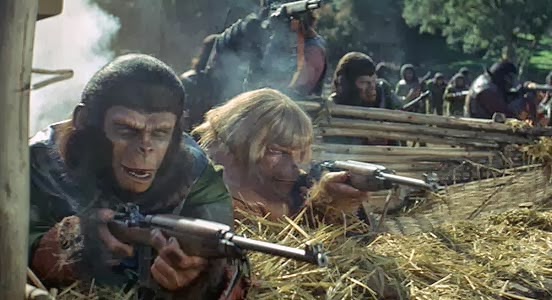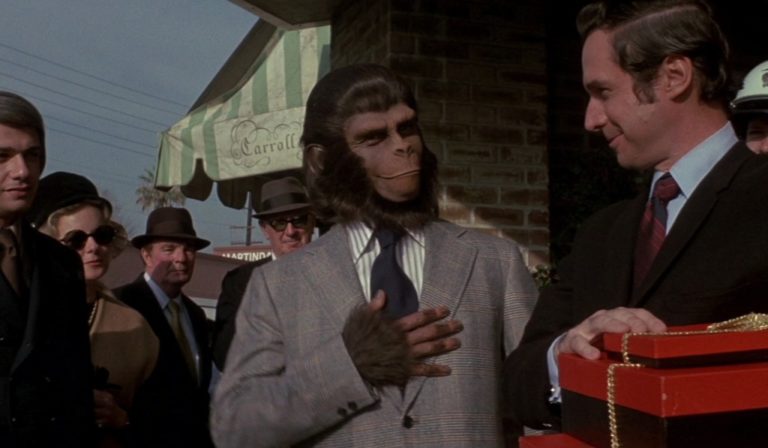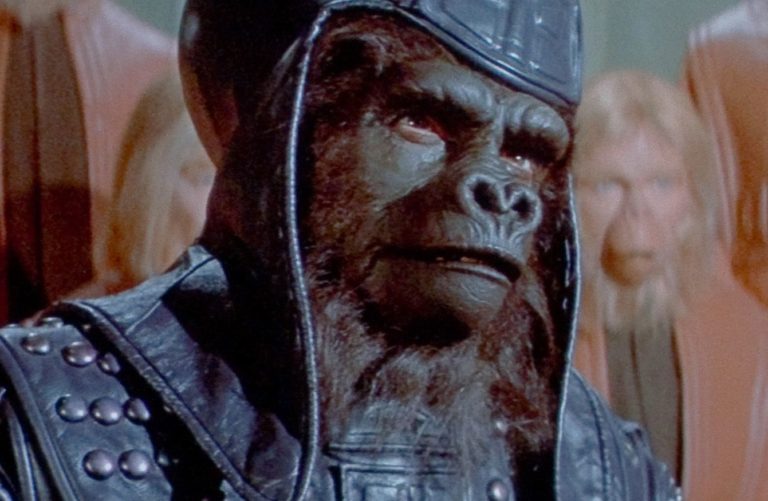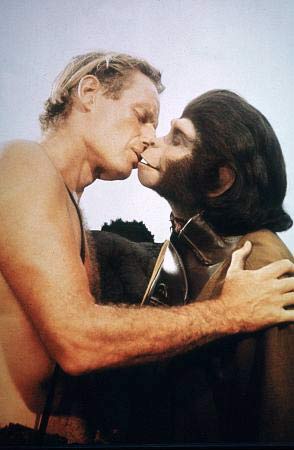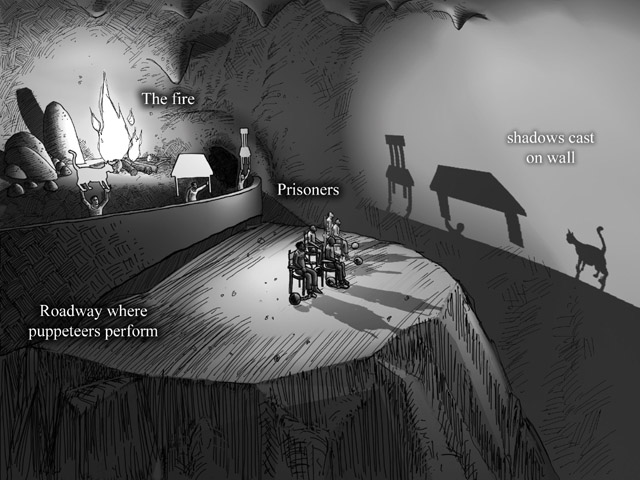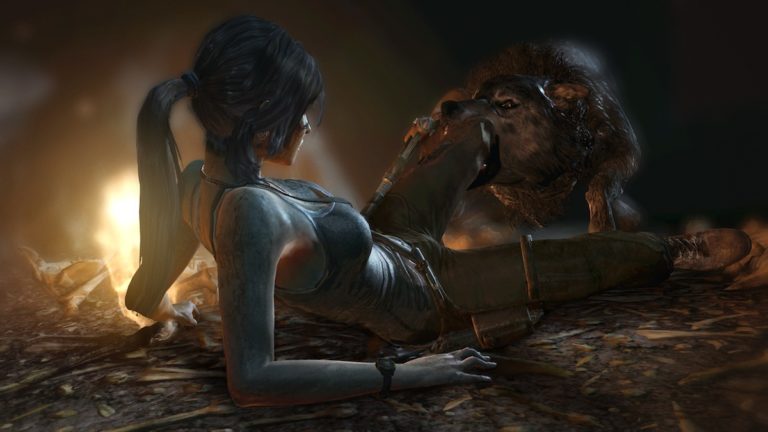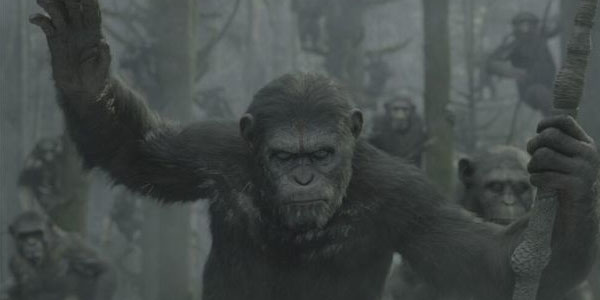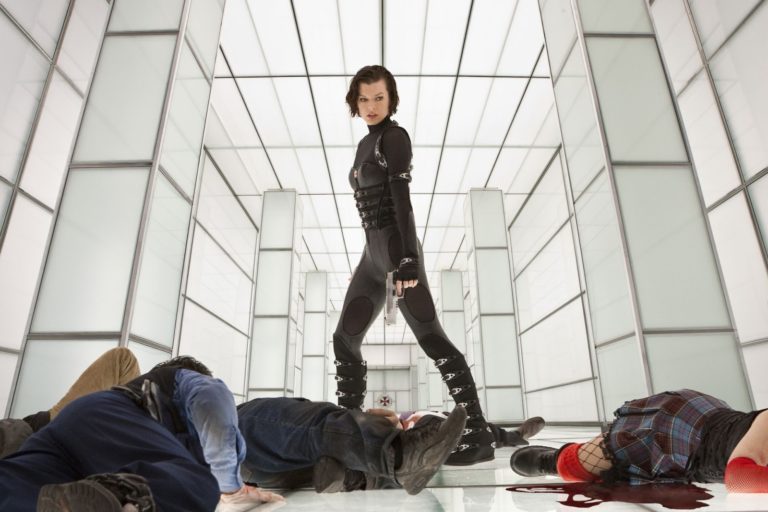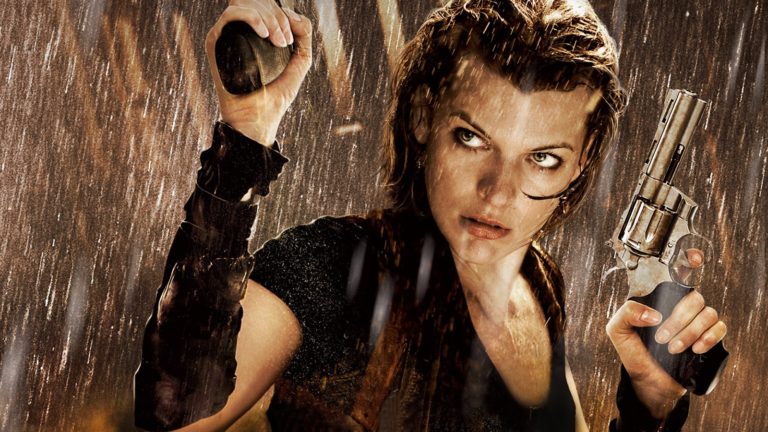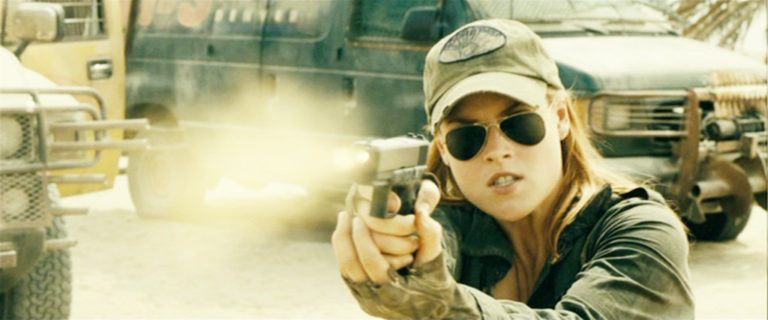Welcome back to the Planet of the Apes retrospective! In this entry we’re going to cover the fifth...
Year: 2013
Welcome back to the Planet of the Apes retrospective! In this entry we’re going to cover the fourth...
Welcome back to the Planet of the Apes retrospective! In this entry we’re going to cover the...
Welcome back to the Planet of the Apes retrospective! In this entry we’re going to cover the second...
It’s that time again! That’s right, it’s retrospectives time! The film franchise which we will be exploring...
Sorry if this blog post feels a little scatter-shot, but my update day happened to fall on...
If you’ve been on the Internet for a while, chances are you’ve heard of the batshit insanity...
I’ve never really had much interest in the Tomb Raider franchise. There was always a stigma of sexism...
If you listen to rock music on the radio, there’s a good chance you’ve heard Black Sabbath’s...
Hello fine readers, thanks for coming back for the weekly update! I was going to write on...
I’m sure by now everyone’s heard the virdict in the Zimmerman trial – not guilty. To a lot of...
Welcome back to part five of the Resident Evil retrospective! In this entry we’re going to cover the fifth...
Welcome back to part four of the Resident Evil retrospective! In this entry we’re going to cover the fourth...
Welcome back to part three of the Resident Evil retrospective! In this entry we’re going to cover the...
